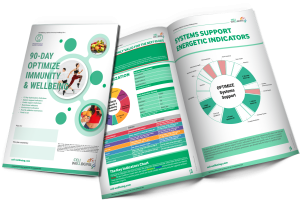How Red Light Therapy Boosts Mitochondrial Health and Enhances Overall Well-being
In recent years, red light therapy (RLT) has gained significant attention for its potential health benefits, particularly in supporting mitochondrial function. Mitochondria, often dubbed the “powerhouses of the cell,” play a vital role in energy production and cellular health. Understanding how red light interacts with mitochondria can help you unlock a natural way to enhance vitality, recovery, and overall wellness.
What is Red Light Therapy?
Red light therapy uses specific wavelengths of red and near-infrared (NIR) light to stimulate cellular processes. Unlike ultraviolet light, red and NIR light penetrate the skin safely and activate biological mechanisms inside your cells without causing damage.
How Red Light Therapy Supports Mitochondria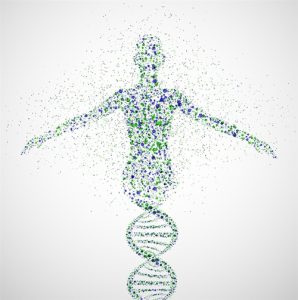
The core benefit of red light therapy lies in its interaction with mitochondria. Here’s how it works:
- Activation of Cytochrome C Oxidase (CCO): Red and near-infrared light wavelengths activate an enzyme called cytochrome c oxidase in the mitochondria. This enzyme is crucial for the electron transport chain, which drives ATP (adenosine triphosphate) production — the primary energy currency in cells.
- Increased ATP Production: By stimulating CCO, red light therapy boosts mitochondrial energy production, providing cells with more ATP. This translates into enhanced cellular function and repair.
- Mitochondrial Biogenesis: Emerging research suggests that red light therapy may increase the number of mitochondria in muscle tissues and other cells, promoting healthier cellular activity and resilience.
The Health Benefits of Enhanced Mitochondrial Function
Improved mitochondrial function through red light therapy offers a range of health advantages:
- Faster Muscle Recovery and Performance
Athletes and fitness enthusiasts benefit from red light therapy as it accelerates muscle recovery by reducing inflammation and oxidative stress. Enhanced mitochondrial activity supports faster healing and improved endurance.
- Improved Skin Health
Red light therapy stimulates collagen production and reduces inflammation, promoting skin rejuvenation, reducing wrinkles, and accelerating wound healing.
- Reduced Inflammation
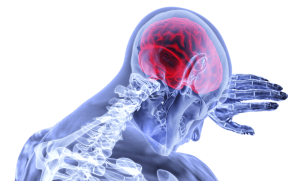
Chronic inflammation is linked to many diseases. By promoting mitochondrial efficiency and decreasing oxidative stress, red light therapy can help mitigate inflammatory responses.
- Enhanced Mental Health
Mitochondrial dysfunction is associated with neuropsychiatric conditions like depression and cognitive impairment. Red light therapy supports mitochondrial health in brain cells, potentially improving mood, focus, and cognitive function.
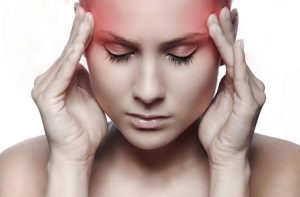
- Hormonal Balance
Research indicates that red and near-infrared light help support mitochondrial function in the adrenal glands, which produce hormones such as cortisol and adrenaline, aiding in stress management and hormonal health.
Incorporating Red Light Therapy Into Your Routine
To experience these benefits, regular sessions with red or near-infrared light devices are recommended. Many clients of mine incorporate short weekly sessions (around 25 minutes) targeting areas like the face, muscles, or whole body depending on their goals.
Are you ready to start your wellness journey today? Click Here!
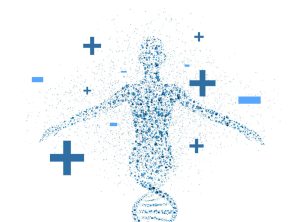
Final Thoughts
Red light therapy offers a scientifically-backed, non-invasive way to boost mitochondrial function, which is foundational to cellular energy and overall health. Whether you’re looking to enhance athletic recovery, improve skin vitality, or support mental wellness, red light therapy could be a powerful addition to your health regimen. Even Weight loss, it has great results in reducing fat in your body.
If you’re interested in exploring red light therapy further, consider contacting us to schedule your first session, we will customize a program to tailor to your specific needs.
Epigenetic mapping has the potential to release you from your genetic limitations and opens up new wellness possibilities.
Modern day living has an impact on and affect your body’s underlying wellness. These include foods eaten and environmental influences at home and work. This is known as Epigenetics. Scientists now understand that your genes are largely influenced by the environment up to 98%. Click Here to Schedule and Learn More How this Hair Analysis can help you


